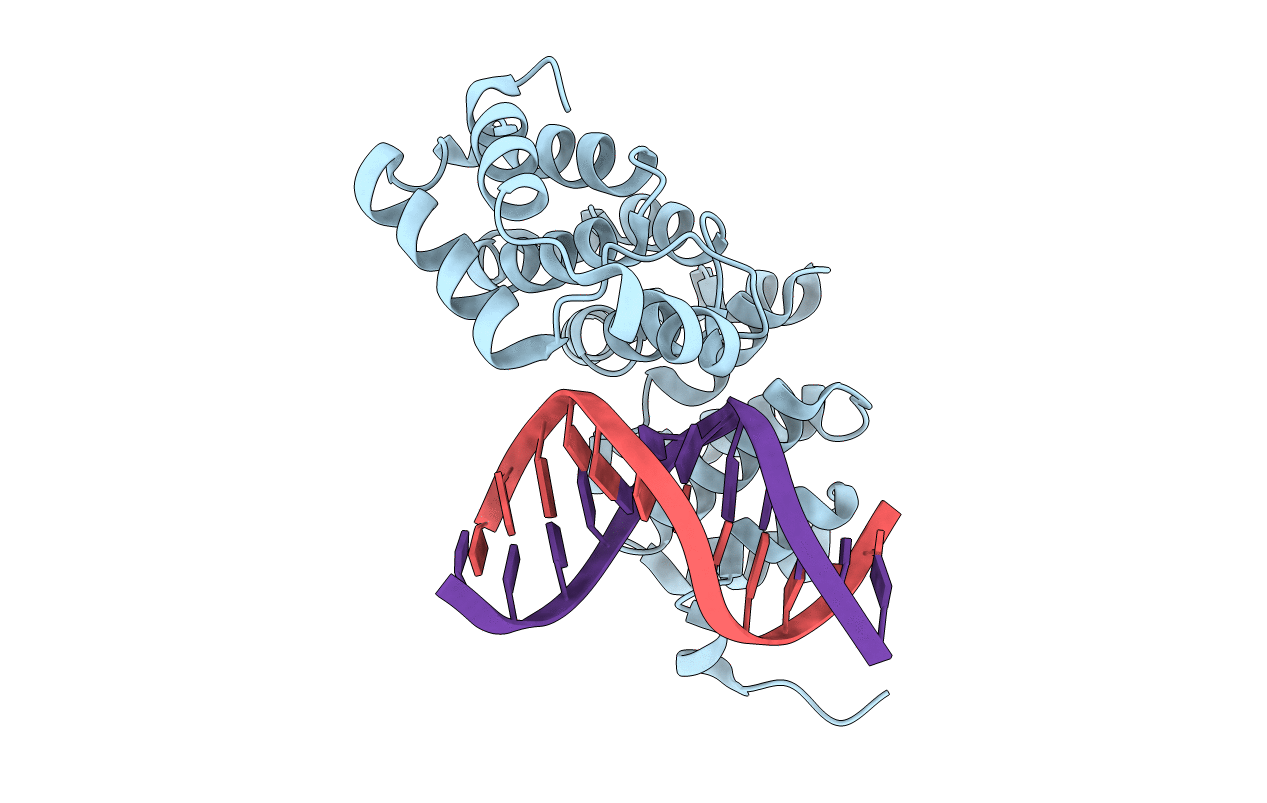
Deposition Date
2009-09-21
Release Date
2010-09-22
Last Version Date
2023-09-06
Entry Detail
PDB ID:
3JXY
Keywords:
Title:
Bacillus cereus Alkylpurine DNA Glycosylase AlkD Bound to DNA Containing a GT Mismatch
Biological Source:
Source Organism:
Bacillus cereus (Taxon ID: 222523)
Host Organism:
Method Details:
Experimental Method:
Resolution:
1.50 Å
R-Value Free:
0.17
R-Value Work:
0.13
R-Value Observed:
0.13
Space Group:
P 1 21 1


